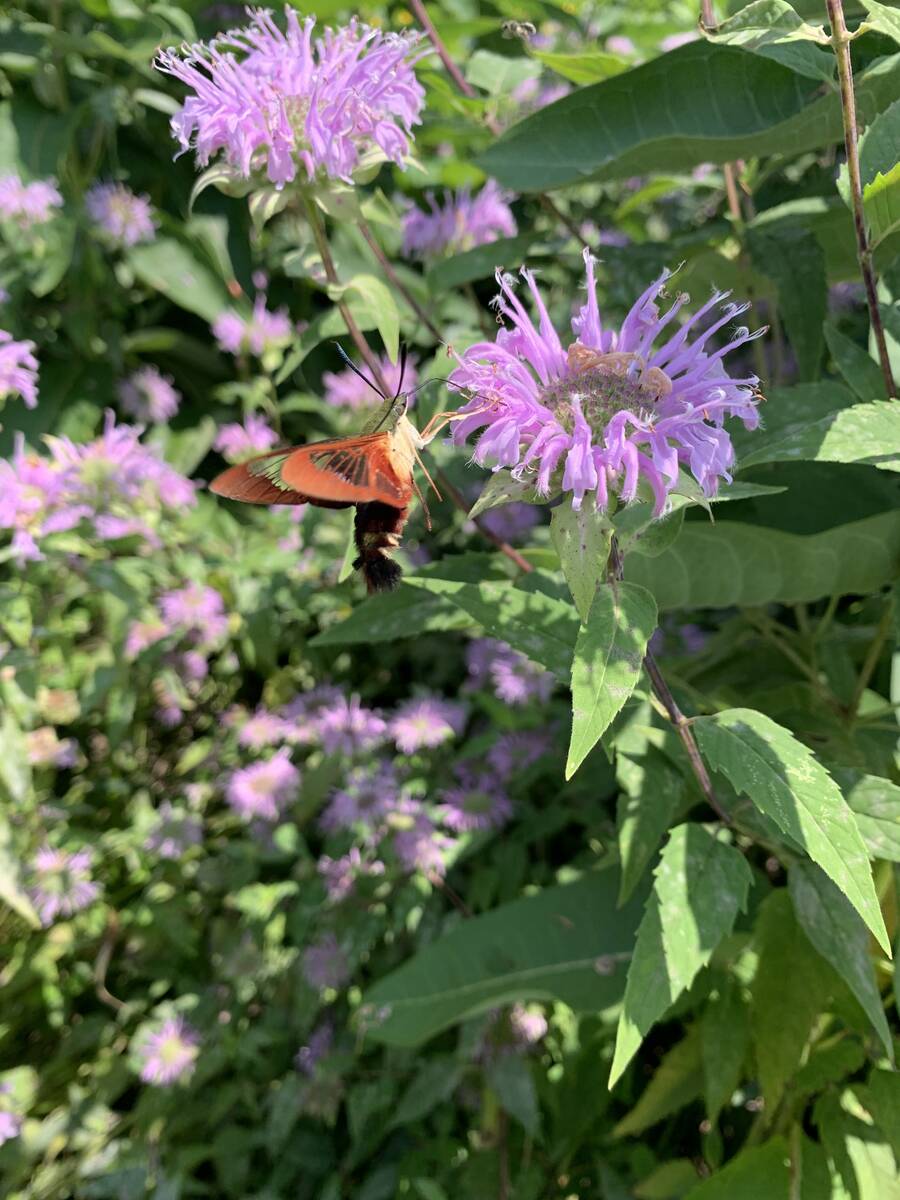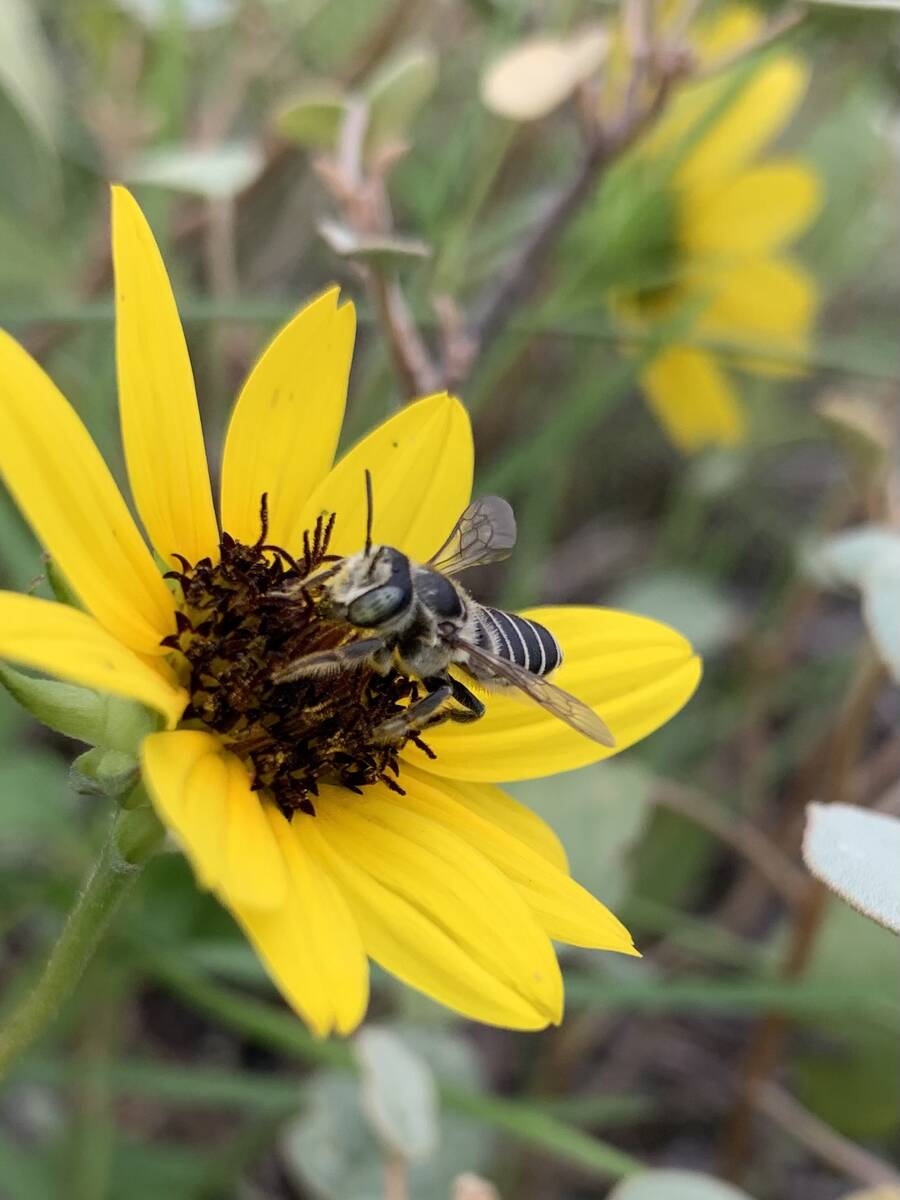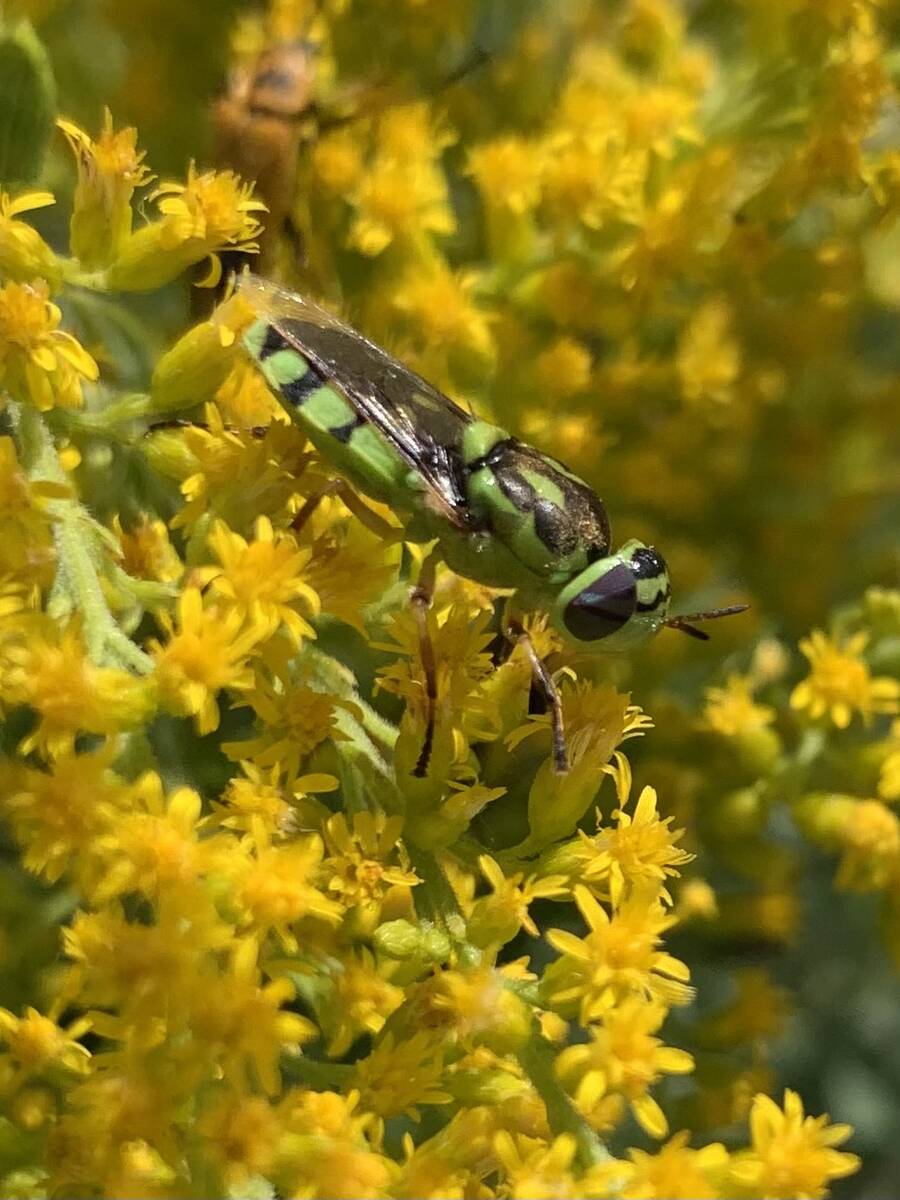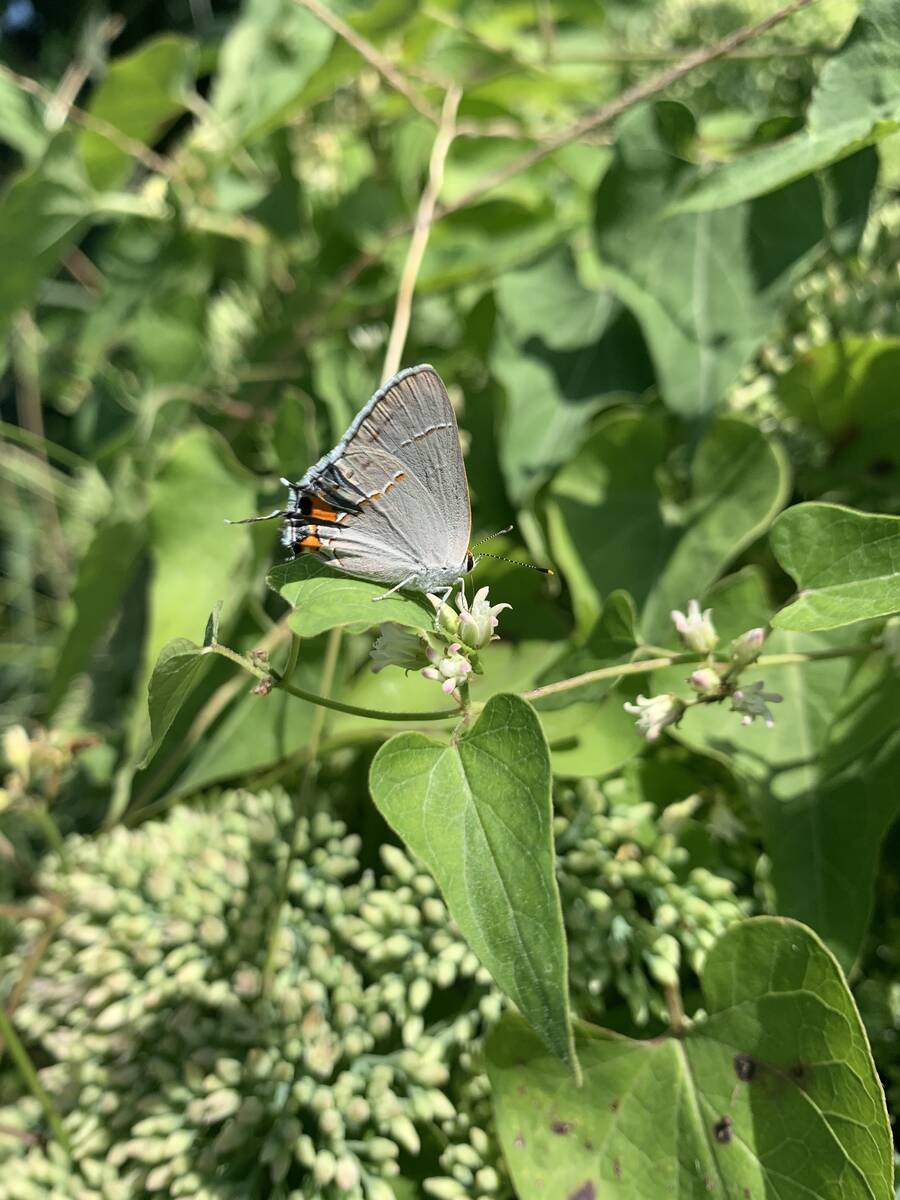Attract pollinators to your garden
As our knowledge of the natural environment continues to grow, many homeowners are starting to put more thought into the design and planning of their landscapes. The native plant movement, which is great for sustainability, begs for the inclusion of pollinator-attractive plants. Why you may ask?
“There are a couple of reasons I think people are doing this,” says Adam Baker, technical advisor and pollinator ecologist with the Davey Tree Expert Co. “There’s a paradigm shift occurring where people are getting away from planting the same old non-native ornamentals that they have been for the last 50 years. They’re looking to diversify their landscapes by utilizing native and pollinator attractive plants to support bees, butterflies, birds and other animals.”
What’s the overall benefit? Local plants attract local pollinators, which helps the entire ecosystem.
“It’s important because native plants have an evolutionary relationship with the native insects,” Baker says.
If pollinators are not pollinating the plants that humans and animals eat, our crops suffer, and we see a shortage in fresh produce, as well as in other plant life.
Baker, who holds a bachelor’s degree in agricultural sciences and a Ph.D. in entomology from the University of Kentucky, has conducted extensive research on the ecology and host plant interactions of monarch butterflies and other pollinators.
“While it’s hard to know why people are focusing on this now,” he says, “it may be because of the recent COVID-19 pandemic. We’ve seen that when there is a shift in the world, like a pandemic or the recession of the early 2000s, the green industry does really well. People are spending more time at home and thinking more deeply and interacting with their outdoor spaces.”
According to Baker’s research on the placement of milkweed (a native plant that monarch butterfly larvae feed on exclusively) in a landscape, the plants that are spaced, set off by mulch, and have a strong visual silhouette are more utilized for laying eggs than plants that are not as accessible.
“Monarch eggs and larvae were 2½ to four times more abundant in gardens having milkweeds evenly spaced in a 1-meter corridor around the perimeter than in gardens in which milkweeds were surrounded by or intermixed with the other plants,” he explains.
To learn more about the full extent of his study, check out the Frontiers in Ecology and Evolution journal article, entitled “Configuration and Location of Small Urban Gardens Affect Colonization by Monarch Butterflies,” by visiting www.frontiersin.org/articles/10.3389/fevo.2019.00474/full.
Throughout the year, the Nevada Natural Heritage Program helps to educate communities about the importance of our state’s pollinators and the vital roles these pollen movers play in supporting our natural environment.
According to the Nevada Division of Natural Heritage: “As pollinators continue to decline across the globe due to habitat loss, climate change and pesticides, it’s important to provide native plants for our native pollinators. While pollinator gardening is often focused on non-native honeybees, there are more than 1,000 species of native bees that use many different types of plants to provide food for their young.
“In addition to native plants, nesting habitat is also vital. At least half of our native bees nest underground so leaving undisturbed bare ground between plants will give them places to raise the next generation of bees to pollinate future wild plants. Native plants are adapted to our climate (i.e., they are drought-tolerant) and require less water to maintain than non-native or ornamental species. Additionally, other species besides pollinators rely on native plants for food and shelter too.”
You might not know that approximately one out of every three bites of food you eat depends on the work of a pollinator. According to a press release from the Nevada Department of Conservation and Natural Resources, pollinators are a keystone species in Nevada, supporting healthy wildlands, ecosystem diversity and a nutritious food supply.
What life species are considered pollinators, especially here in the desert? Butterflies, bees, moths, hummingbirds, bats and doves all help pollinate our desert plants. Native bees are the most critical pollinators within Nevada as their fuzzy bodies make these pollinating powerhouses tremendously efficient at gathering and transferring pollen.
Additionally, there are more than 600 butterfly and moth species in Nevada, from generalists that visit many types of flowers to specialists such asyucca moths, which are the only insects that can pollinate Joshua trees and other yucca species that are prevalent in the Mojave Desert ecosystem.
Even seemingly hearty plants including cactus benefit from pollinators, allowing them to continue their genetic diversity and distribution of new plants.
As you can see, Nevada’s pollinators are essential to the health of the state’s agriculture, natural resources and quality of life. Unfortunately, several pollinator species in Nevada have undergone severe declines in recent years, with threats posed by dwindling wetland habitats, invasive species such as cheat grass and wildland fires. Let’s do our part by planting native and encouraging the pollinators to do their jobs.
Pollinator advice
Here are some tips to keep our local pollinator habits buzzing:
■ To help identify the locations and species of pollinators in your area, take photos of pollinator species and upload the images to the iNaturalist App, available on Android and Apple devices. Your observations can help scientists working to better understand and protect our natural world.
■ Reduce or eliminate the use of pesticides and other harmful chemicals in gardens and lawns.
■ Create a pollinator-friendly garden. Wildflowers and flowering shrubs are the primary food sources for pollinators. Visit the Las Vegas State Tree Nursery, where staff members are available year-round by phone or email to assist you with your custom growing needs or to set up an appointment to pick up plants. Visit forestry.nv.gov/las-vegas-tree-nursery.
■ For an expansive listing of pollinator plants, check out this information from the Red Rock Audubon Society: www.redrockaudubon.com/southern-nevada-pollinator-plants.html.




















